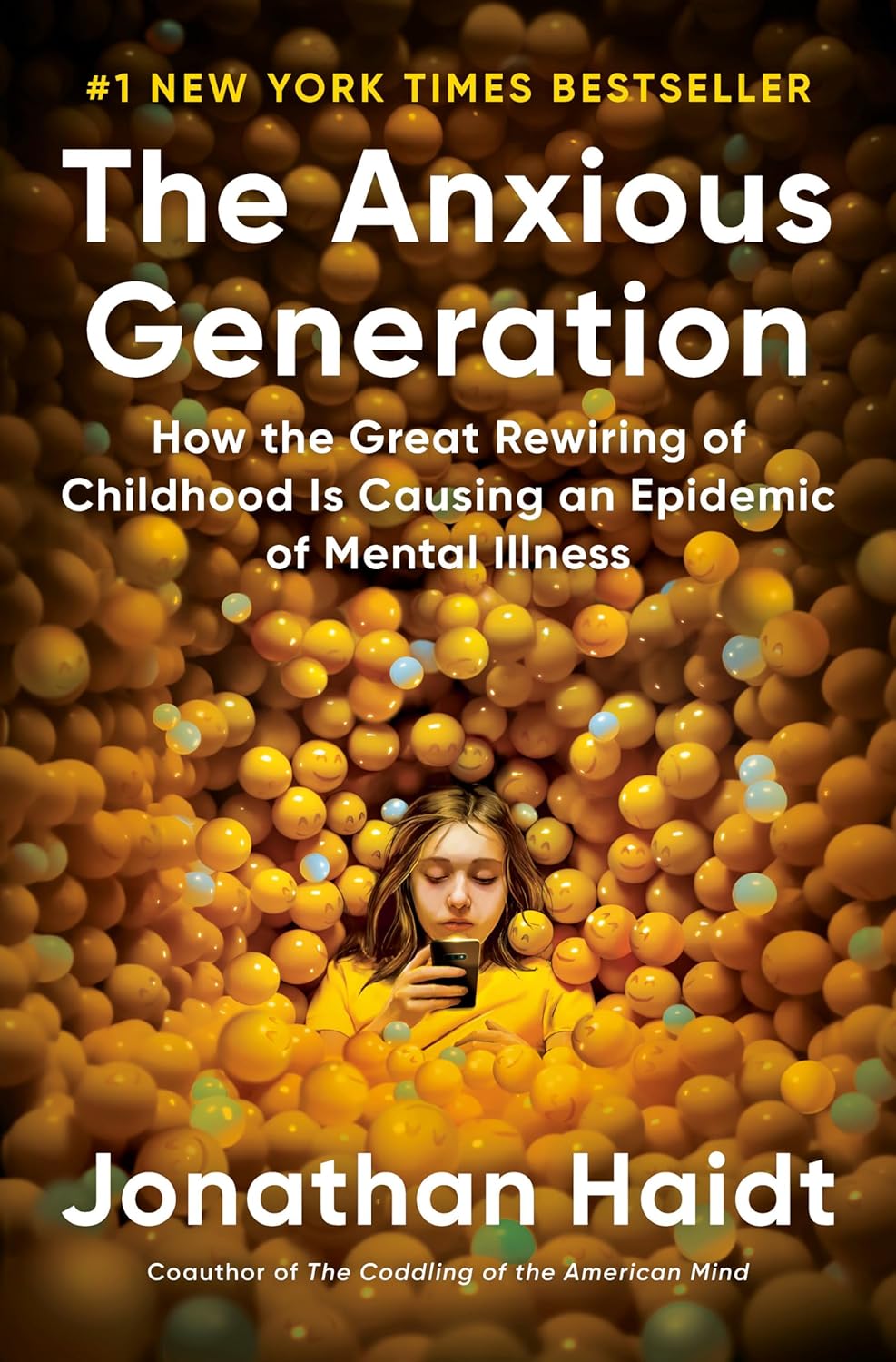In “The Anxious Generation,” Jonathan Haidt, a renowned social psychologist, offers a compelling exploration into the escalating crisis of teen mental illness that has synchronously afflicted numerous countries. The book begins with a foundational discussion on the anxiety of anxiety and anxiety from anxiety, illuminating the pervasive sense of unease that has enveloped today’s youth. Haidt delves into the realm of mental health and mental healthiness, presenting a stark comparison between past and present generational challenges. With a focus on anxiety health and health and anxiety, he scrutinizes the intricate relationship between our modern lifestyle and the burgeoning rates of mental ailments.
Haidt further investigates anxiety, anxiety and anxiety illnesses, meticulously dissecting the multifaceted nature of anxiety disorders that are increasingly prevalent among teenagers. Through the lens of depression and anxiety, depression of anxiety, and anxiety depression, the narrative unfolds to reveal the complex interplay between depression and anxiety, highlighting how these conditions often coexist and exacerbate one another. The discussion on the mental health of childhood sheds light on the critical developmental stages that are now being overshadowed by digital intrusion, leading to mental depression and anxiety and anxiety due to depression.
As the narrative progresses, Haidt meticulously addresses the causes of anxiety, pinpointing the pivotal role that social media and mental health play in the modern epidemic of teen mental distress. Through an analysis of anxiety in teens and the broader implications on young people’s mental health, the book articulates how the digital landscape has fundamentally altered the social fabric, contributing to teens and anxiety. The chapters dedicated to mental health on social media unravel the nuanced ways in which platforms designed for connection inadvertently foster isolation and comparison, exacerbating teens’ depression and leading to higher anxiety among the youth.
In a critical examination of anxiety books and mental health in schools, Haidt explores potential avenues for intervention and support. He emphasizes the importance of help with anxiety and depression, offering insights into the difference between anxiety and depression to equip parents, educators, and policymakers with the knowledge to aid the younger generation. By highlighting the best book on anxiety recommendations and strategies, the book serves as a beacon for those navigating the challenges of depression anxiety help. This section not only acknowledges the great books for anxiety but also provides a roadmap for reclaiming mental healthiness amidst a landscape riddled with social media effects.
Concluding with a powerful call to action, “The Anxious Generation” outlines practical steps for mitigating the mental health epidemic and restoring a semblance of balance and well-being in the lives of the young. Haidt’s proposals for decline in mental health reversal hinge on collective efforts from social media and depression understanding, to Christian depression management strategies, illustrating a multifaceted approach to combating the crisis. This enlightening work not only chronicles the anxiety epidemic but also charts a course towards a future where mental health is prioritized, offering hope and direction for the anxious generation navigating the complexities of a phone-based life.






